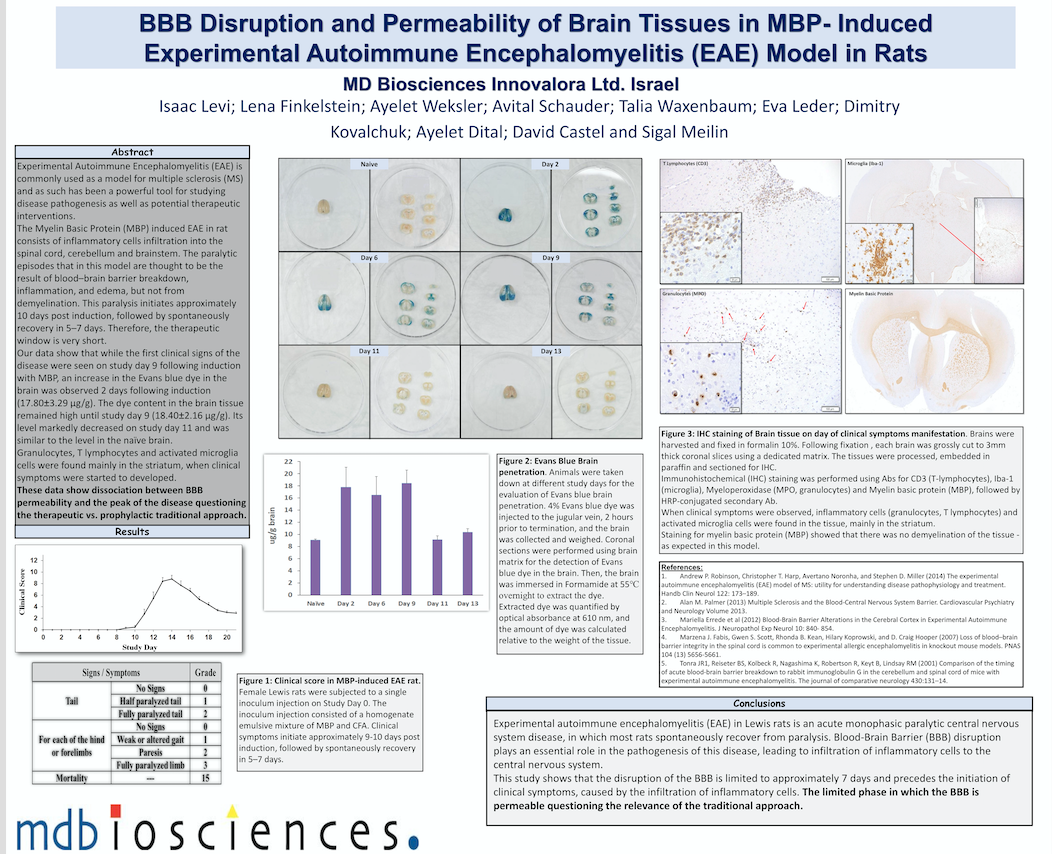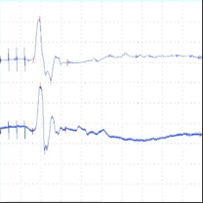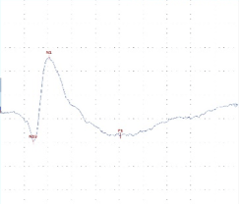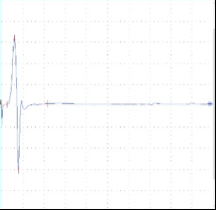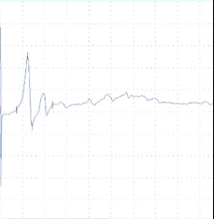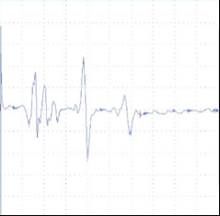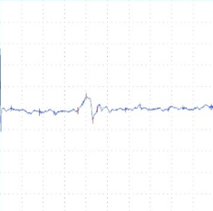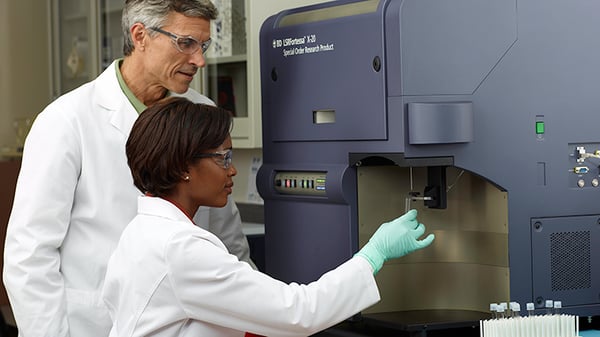We are happy to announce that we have merged with MLM Medical Labs ("MLM"), a specialized laboratory dedicated to clinical trials headquartered in Germany. With our strong reputation for scientific expertise in immunology and immunological biomarkers and distinguished approach to customer care, our team is looking forward to joining the MLM family, and providing a comprehensive menu of preclinical and clinical services to an extended client base.
MD Biosciences' life science research products manufacturing and distribution businesses in Switzerland and the US, and MD Biosciences' neurology business focused on preclinical and translational research in neurology in Israel and the US, are not part of this transaction.
The addition of MD Biosciences follows the acquisition of CirQuest Labs in Memphis, TN earlier this summer, further expanding MLM's geographic reach. The integration of the three organizations will occur in the coming few months to align the operations and quality systems, offering customers access to MLM services in both the United States and Europe. With a stronger and larger global team, "we will have the scale and capacity to support all stages of product development", says Stephan Voswinkel, Managing Director of MLM.
"Joining the growing MLM family is the next step in the evolution of MD Biosciences, Inc., providing an expanded geographic reach in immunology and biomarker testing services. This opens the opportunity to serve MD Biosciences' growing roster of customers with their needs in Europe, the US and with the combined strength of MLM and CirQuest", commented Eddie Moradian, CEO of MD Biosciences.
MLM global services will include:
- expertise in pre-clinical and clinical research across various therapeutic areas including inflammation, autoimmune, metabolism and oncology
- full-service histopathology lab including immunohistochemistry and digital image analysis
- specialized biomarker testing
- clinical chemistry
- analyses of drug compounds
- molecular diagnostics
We look forward to continuing to serve you with an expanded menu of capabilities, supporting all stages of research. To learn more about MLM Medical Labs, visit the website here.




